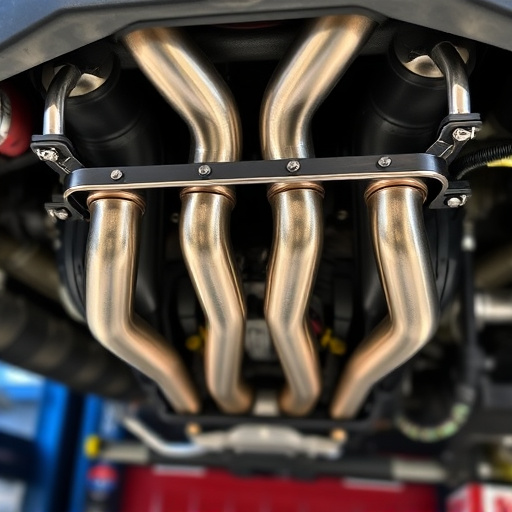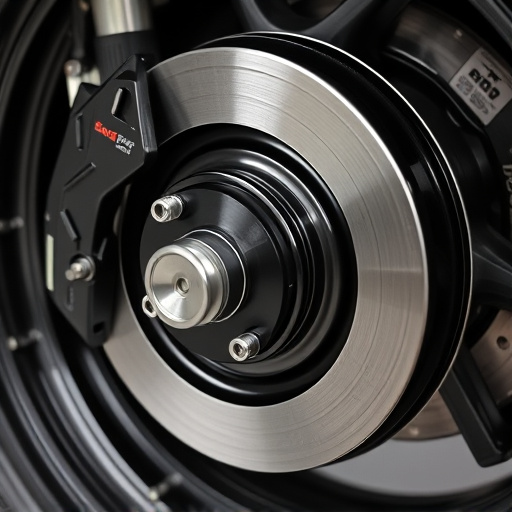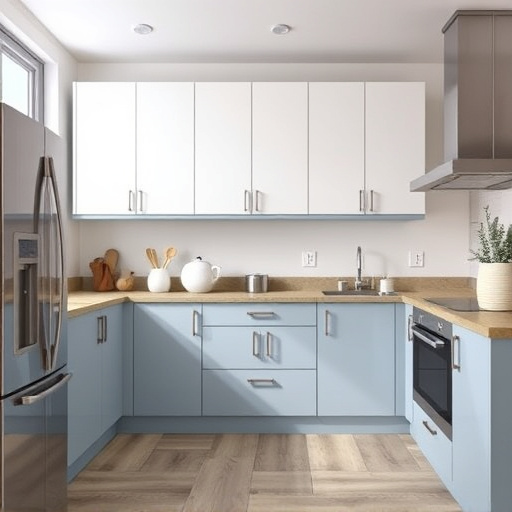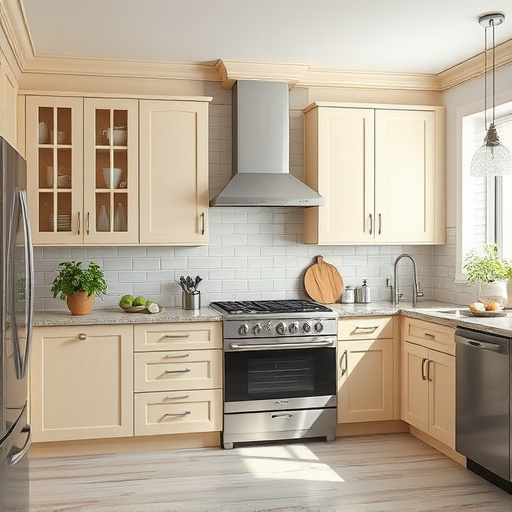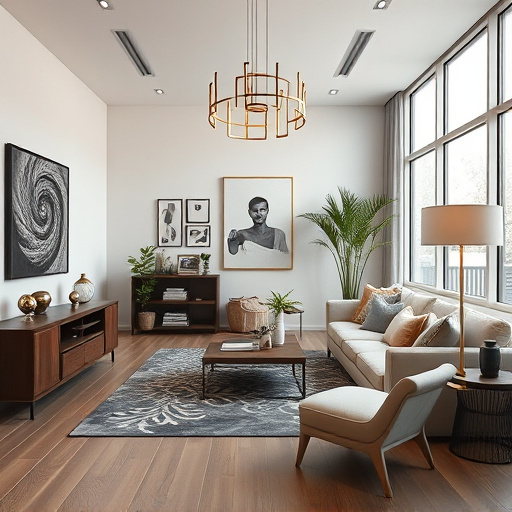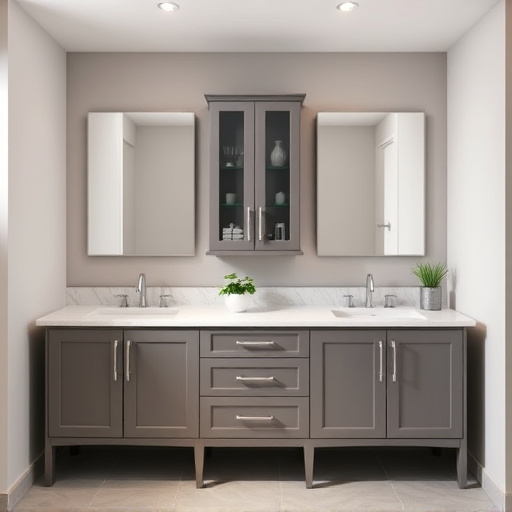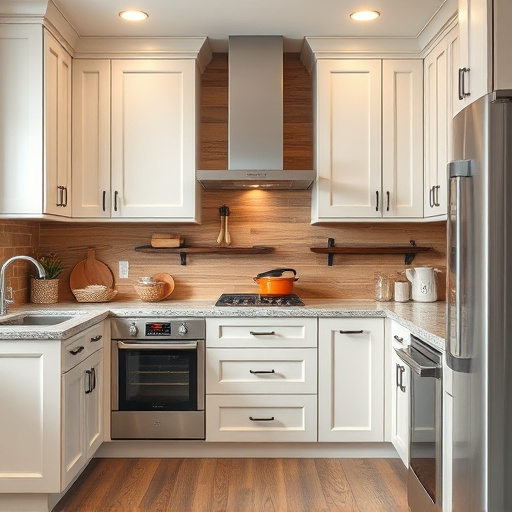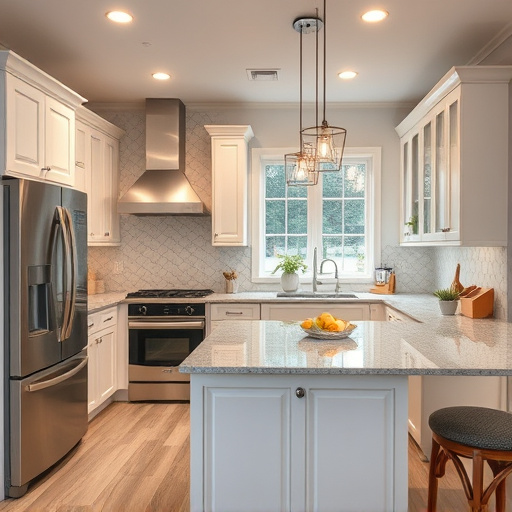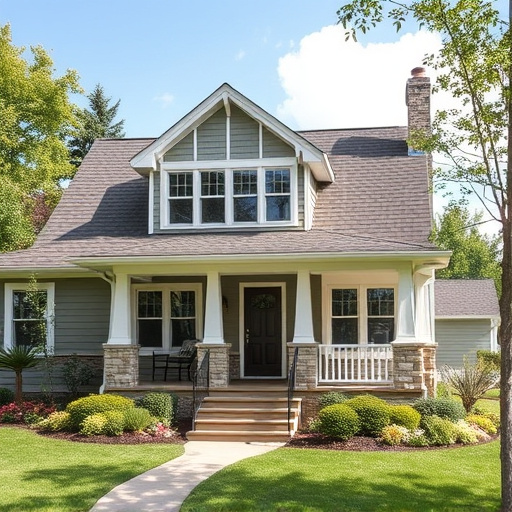In commercial design, integrating smart technology enhances space functionality with security, sustainability, and innovation. From retail to hospitality and healthcare, tech integrations like dynamic lighting, smart thermostats, and personalized displays create modern, efficient environments. A strategic approach, aligning tech with specific needs, ensures seamless integration for improved user experiences in various projects, including home transformations.
In today’s digital era, integrating smart technology into commercial design is no longer a trend but a necessity. This article explores effective strategies to seamlessly blend cutting-edge tech with commercial design needs. We delve into understanding specific space requirements and the advantages of smart tech, such as enhanced efficiency and improved user experiences. By examining various technologies for different commercial settings, we provide insights on choosing the right tools. Implementation tips are offered to ensure successful and thoughtful integration of smart features within commercial design projects.
- Understanding Commercial Design Needs and Smart Tech Benefits
- Choosing Smart Technologies for Specific Commercial Spaces
- Implementation Strategies for Seamless Integration of Smart Tech in Commercial Design
Understanding Commercial Design Needs and Smart Tech Benefits
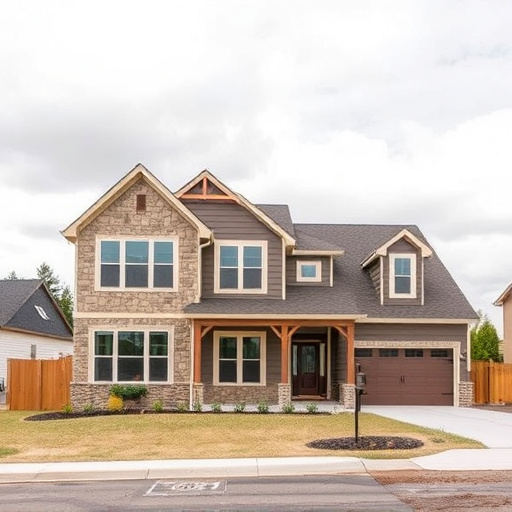
In the realm of commercial design, understanding the unique needs and challenges of each space is paramount. Commercial design goes beyond aesthetics; it involves creating functional environments that cater to specific business operations. By integrating smart technology, designers can elevate these spaces into efficient work areas. Smart tech offers solutions for security, energy management, and automated systems, ensuring a secure, sustainable, and futuristic environment.
The benefits of merging commercial design with smart technology are multifaceted. From enhanced security through advanced surveillance systems to optimized energy consumption via intelligent lighting, smart tech contributes to cost savings and environmental sustainability. Moreover, in the context of kitchens and baths—a significant aspect of home transformations and improvement services—smart appliances can revolutionize daily routines, making these spaces not just functional but also luxurious and innovative, reflecting the latest in home design trends.
Choosing Smart Technologies for Specific Commercial Spaces
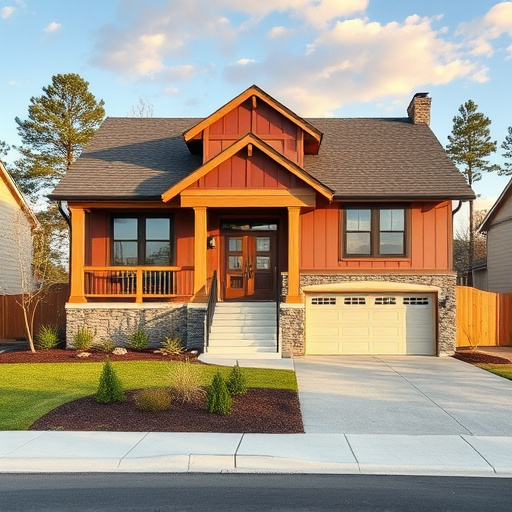
When integrating smart technology into commercial design, the choice of technologies should be tailored to the specific space and its intended use. For instance, smart lighting systems can significantly enhance functionality and ambiance in retail spaces, allowing for dynamic lighting that adjusts based on foot traffic or time of day. In offices, smart thermostats and environmental sensors not only improve energy efficiency but also contribute to a more comfortable working environment.
For hospitality sectors like hotels and restaurants, smart displays and voice-activated systems can provide guests with personalized experiences, from room controls to table ordering. In healthcare facilities, smart technology can facilitate patient monitoring, streamline administrative tasks, and even enhance patient care through interactive screens and automated systems—all crucial aspects of commercial design that merge technology with space to create modern, efficient, and appealing environments, whether it’s for home transformations or kitchen renovations.
Implementation Strategies for Seamless Integration of Smart Tech in Commercial Design
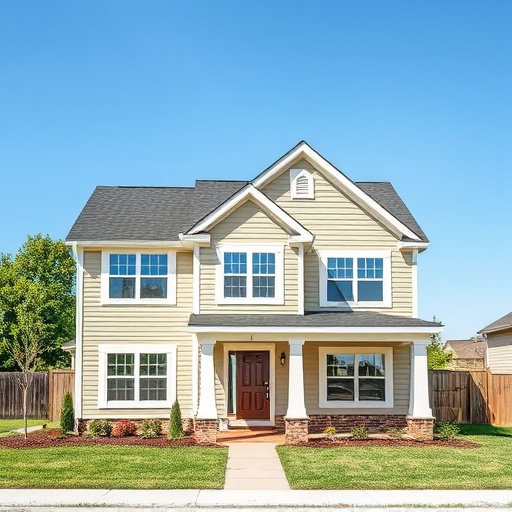
Implementing smart technology into commercial design requires a strategic approach to ensure seamless integration that enhances functionality and user experience. The key lies in aligning tech solutions with the specific needs and goals of the space. Start by assessing the existing infrastructure and identifying areas where smart tech can bring the most value, such as improving security, streamlining operations, or enhancing customer interactions. For instance, integrating smart lighting systems in retail spaces can optimize energy efficiency while creating dynamic ambiance to engage customers.
When incorporating smart devices into commercial design projects like kitchen remodels or home transformations, consider a phased approach. Begin with pilot areas to test different technologies and gather user feedback. This iterative process allows for adjustments before full-scale implementation, ensuring that the final result aligns perfectly with expectations. Moreover, consult with professionals offering home improvement services to leverage their expertise in integrating smart tech seamlessly into various commercial design scenarios.
Integrating smart technology into commercial design is not just a trend but a necessity. By understanding the unique needs of different commercial spaces and leveraging the benefits of smart tech, designers can create environments that enhance user experiences, improve operational efficiency, and drive business growth. Through strategic selection of technologies and thoughtful implementation strategies, the future of commercial design promises smarter, more connected, and ultimately, more successful spaces.



